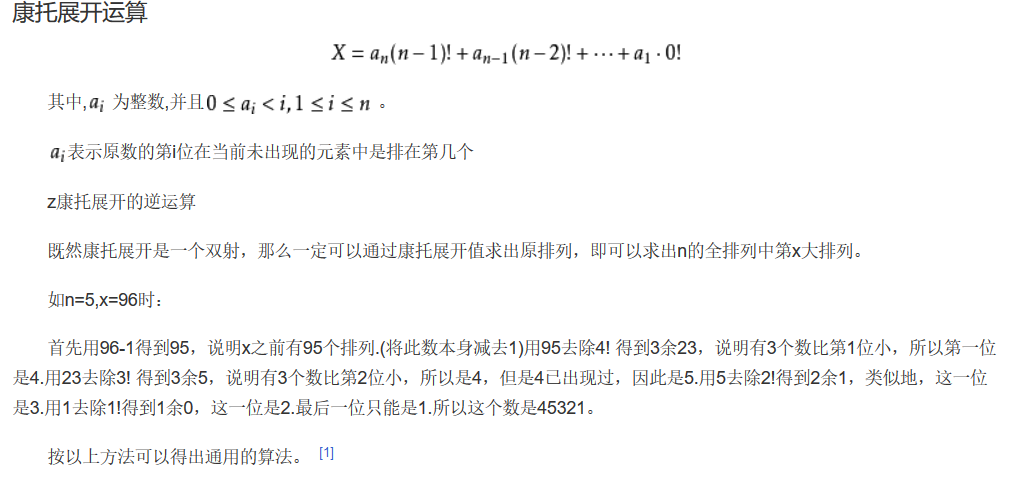Eight
| Time Limit: 1000MS | Memory Limit: 65536K | |||
| Total Submissions: 41040 | Accepted: 16901 | Special Judge | ||
Description
The 15-puzzle has been around for over 100 years; even if you don't know it by that name, you've seen it. It is constructed with 15 sliding tiles, each with a number from 1 to 15 on it, and all packed into a 4 by 4 frame with one tile missing. Let's call the missing tile 'x'; the object of the puzzle is to arrange the tiles so that they are ordered as:
where the only legal operation is to exchange 'x' with one of the tiles with which it shares an edge. As an example, the following sequence of moves solves a slightly scrambled puzzle:
The letters in the previous row indicate which neighbor of the 'x' tile is swapped with the 'x' tile at each step; legal values are 'r','l','u' and 'd', for right, left, up, and down, respectively.
Not all puzzles can be solved; in 1870, a man named Sam Loyd was famous for distributing an unsolvable version of the puzzle, and
frustrating many people. In fact, all you have to do to make a regular puzzle into an unsolvable one is to swap two tiles (not counting the missing 'x' tile, of course).
In this problem, you will write a program for solving the less well-known 8-puzzle, composed of tiles on a three by three
arrangement.
1 2 3 4
5 6 7 8
9 10 11 12
13 14 15 x
where the only legal operation is to exchange 'x' with one of the tiles with which it shares an edge. As an example, the following sequence of moves solves a slightly scrambled puzzle:
1 2 3 4 1 2 3 4 1 2 3 4 1 2 3 4
5 6 7 8 5 6 7 8 5 6 7 8 5 6 7 8
9 x 10 12 9 10 x 12 9 10 11 12 9 10 11 12
13 14 11 15 13 14 11 15 13 14 x 15 13 14 15 x
r-> d-> r->
The letters in the previous row indicate which neighbor of the 'x' tile is swapped with the 'x' tile at each step; legal values are 'r','l','u' and 'd', for right, left, up, and down, respectively.
Not all puzzles can be solved; in 1870, a man named Sam Loyd was famous for distributing an unsolvable version of the puzzle, and
frustrating many people. In fact, all you have to do to make a regular puzzle into an unsolvable one is to swap two tiles (not counting the missing 'x' tile, of course).
In this problem, you will write a program for solving the less well-known 8-puzzle, composed of tiles on a three by three
arrangement.
Input
You will
receive a description of a configuration of the 8 puzzle. The
description is just a list of the tiles in their initial positions, with
the rows listed from top to bottom, and the tiles listed from left to
right within a row, where the tiles are represented by numbers 1 to 8,
plus 'x'. For example, this puzzle
is described by this list:
1 2 3
x 4 6
7 5 8
is described by this list:
1 2 3 x 4 6 7 5 8
Output
You will print to standard output either the word ``unsolvable'', if the puzzle has no solution, or a string consisting entirely of the letters 'r', 'l', 'u' and 'd' that describes a series of moves that produce a solution. The string should include no spaces and start at the beginning of the line.
Sample Input
2 3 4 1 5 x 7 6 8
Sample Output
ullddrurdllurdruldr
题目大意与分析
输入一个3x3的棋盘,每次将0上下左右移动,直到变换成为123456780的状态,求最短路线
BFS+Contor变换,康托展开公式:

以此求得的是在当前状态前面的状态数量
#include <iostream> #include <cstring> #include <algorithm> #include <cstdio> #include <vector> #include <queue> #include <string> using namespace std; struct node { int s[9]; string road; int order; int add0; }; struct node start; int jiecheng[10],f[2][4]={0,0,-1,1,-1,1,0,0},vis[400005],flag=0; string anss; char fang[5]="lrud"; int Contor(int s[],int n) { int order=0; for(int i=0;i<n;i++) { int num=0; for(int j=i+1;j<n;j++) { if(s[j]<s[i]) num++; } order+=num*jiecheng[n-i-1]; } return order+1; } void bfs() { queue<struct node>q; q.push(start); vis[start.order]=1; while(!q.empty()) { struct node now=q.front(); if(now.order==46234) { flag=1; anss=now.road; break; } q.pop(); int x=now.add0/3; int y=now.add0%3; int i; for(i=0;i<4;i++) { int xx=x+f[0][i]; int yy=y+f[1][i]; if(xx>=0&&xx<3&&yy>=0&&yy<3) { int add1=xx*3+yy; struct node next=now; next.add0=add1; next.s[now.add0]=next.s[add1]; next.s[add1]=0; next.add0=add1; next.order=Contor(next.s,9); if(vis[next.order]==0) { vis[next.order]=1; next.road=now.road+fang[i]; q.push(next); } } } } } int main() { char x; for(int i=0;i<9;i++) { cin>>x; if(x=='x') { start.s[i]=0; start.add0=i; } else start.s[i]=x-'0'; } start.order=Contor(start.s,9); jiecheng[0]=1; for(int i=1;i<=9;i++) { jiecheng[i]=i*jiecheng[i-1]; } bfs(); if(flag) cout<<anss<<endl; else cout<<"unsolvable"<<endl; }